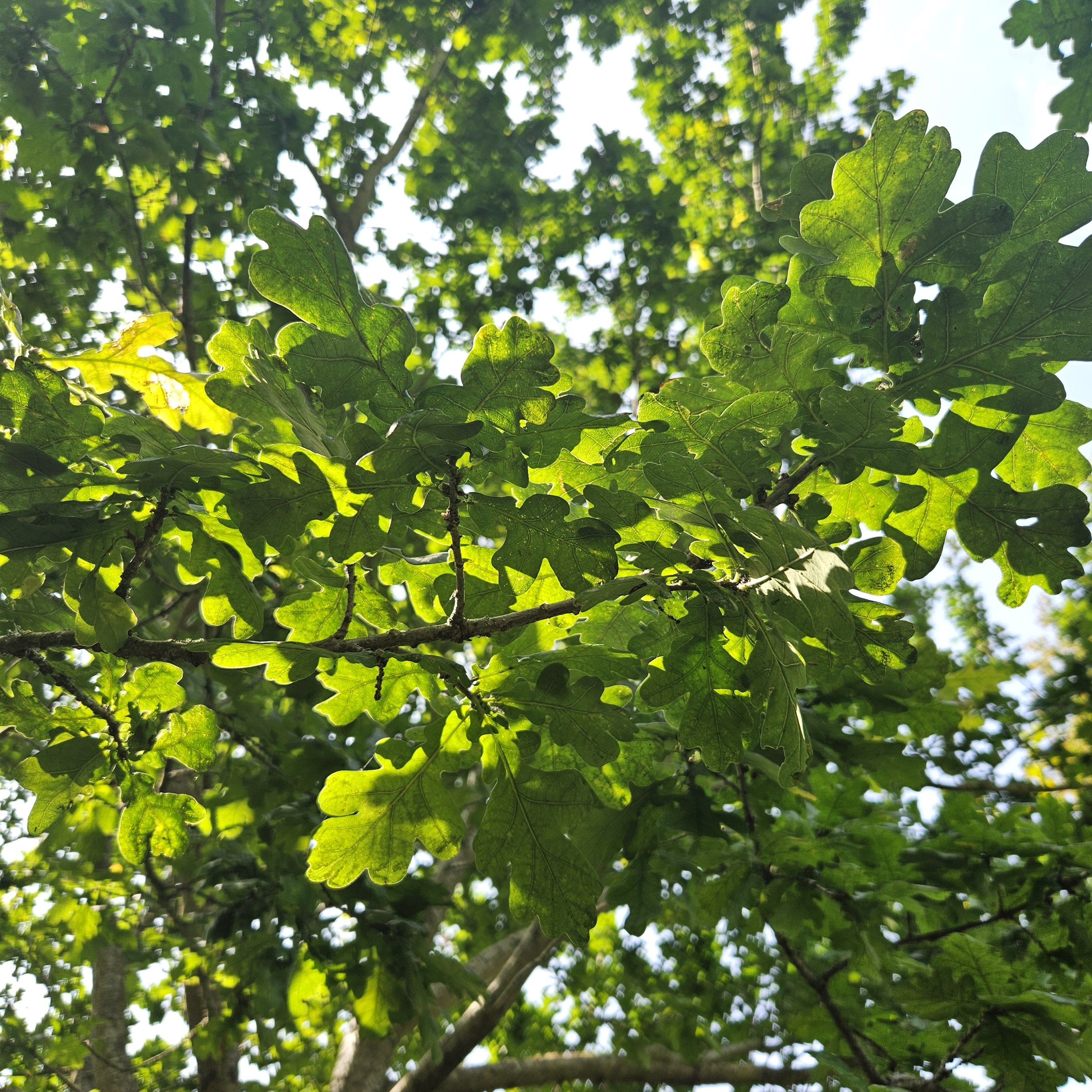

The Majestic Oak: A Pillar of Life in the UK’s Ecosystems
Oak trees are more than just towering symbols of strength and longevity; they are keystones of biodiversity, playing a crucial role in supporting a vast array of wildlife. In the United Kingdom, where ancient woodlands and veteran oaks still stand as remnants of a once more forested landscape, these trees are integral to the health and diversity of our natural ecosystems.
A Haven for Wildlife
One of the most remarkable aspects of oak trees is their ability to support a wide range of species. In fact, it’s estimated that a single oak tree can provide habitat for over 2,300 different species, making it one of the most wildlife-rich trees in the UK. From the canopy to the roots, every part of the oak tree serves as a home, food source, or breeding ground for a variety of organisms.
Insects and Invertebrates: Oak trees are a lifeline for many insects. Hundreds of species of moths, beetles, and other invertebrates rely on oaks for their life cycles. For instance, the Purple Hairstreak butterfly lays its eggs on the leaves, and the larvae feed on the tender foliage. The abundance of insects that oaks support also provides a crucial food source for birds and mammals.
Birds: Many bird species, including the Jay, Great Spotted Woodpecker, and Tawny Owl, make their nests in the sturdy branches of oak trees. The tree’s cavities, formed by natural decay or the work of woodpeckers, provide ideal nesting sites, while the abundance of insects ensures a ready supply of food for growing chicks.
Mammals: Mammals like squirrels, badgers, and deer are also frequent visitors to oak trees. Squirrels, in particular, rely heavily on acorns, the oak tree’s fruit, as a food source. These small mammals play an essential role in the oak’s life cycle by burying acorns, some of which will grow into new trees.
Fungi and Lichens: The oak tree’s bark and decaying wood are a rich environment for fungi and lichens. These organisms are crucial for breaking down organic material, returning nutrients to the soil, and supporting the tree’s overall health. The rare and delicate oak polypore fungus is one such species that depends on the unique conditions provided by old oak trees.
Bats: Oak trees with their deep crevices and hollow trunks provide ideal roosting sites for bats. These nocturnal creatures use oak trees as resting places during the day and emerge at night to feast on the insects that the tree supports. Bats, in turn, help control insect populations and contribute to the balance of the ecosystem.
A Long Legacy of Support
Oak trees are not just important for the wildlife they support today; they are vital to the long-term health of ecosystems. The longevity of oaks, which can live for several centuries, means they provide stable habitats for species over long periods, supporting the continuity of life through changing environmental conditions.
Ancient oaks, with their hollow trunks and gnarled branches, are especially important. These veteran trees offer unique habitats that younger trees cannot, making them irreplaceable components of the landscape. Protecting these ancient giants is critical to preserving the biodiversity they sustain.
The Future of Oaks in the UK
Despite their resilience, oak trees face significant challenges, including climate change, disease, and habitat loss. Ensuring the survival of oaks and the wildlife they support requires concerted conservation efforts. Planting new oaks and protecting ancient ones are crucial steps in maintaining the ecological balance of our woodlands.
At Future Forests Project CIC, we recognize the importance of oak trees and are committed to their conservation. By planting oaks and other native species, we aim to restore and enhance habitats, ensuring that these magnificent trees continue to support wildlife for generations to come.
In supporting oak trees, we are not just preserving a single species; we are safeguarding an entire web of life that is vital to the health of our planet. Whether through planting, protecting, or simply appreciating these majestic trees, everyone can play a part in securing a future where oaks continue to thrive and provide for the incredible diversity of life that depends on them.
